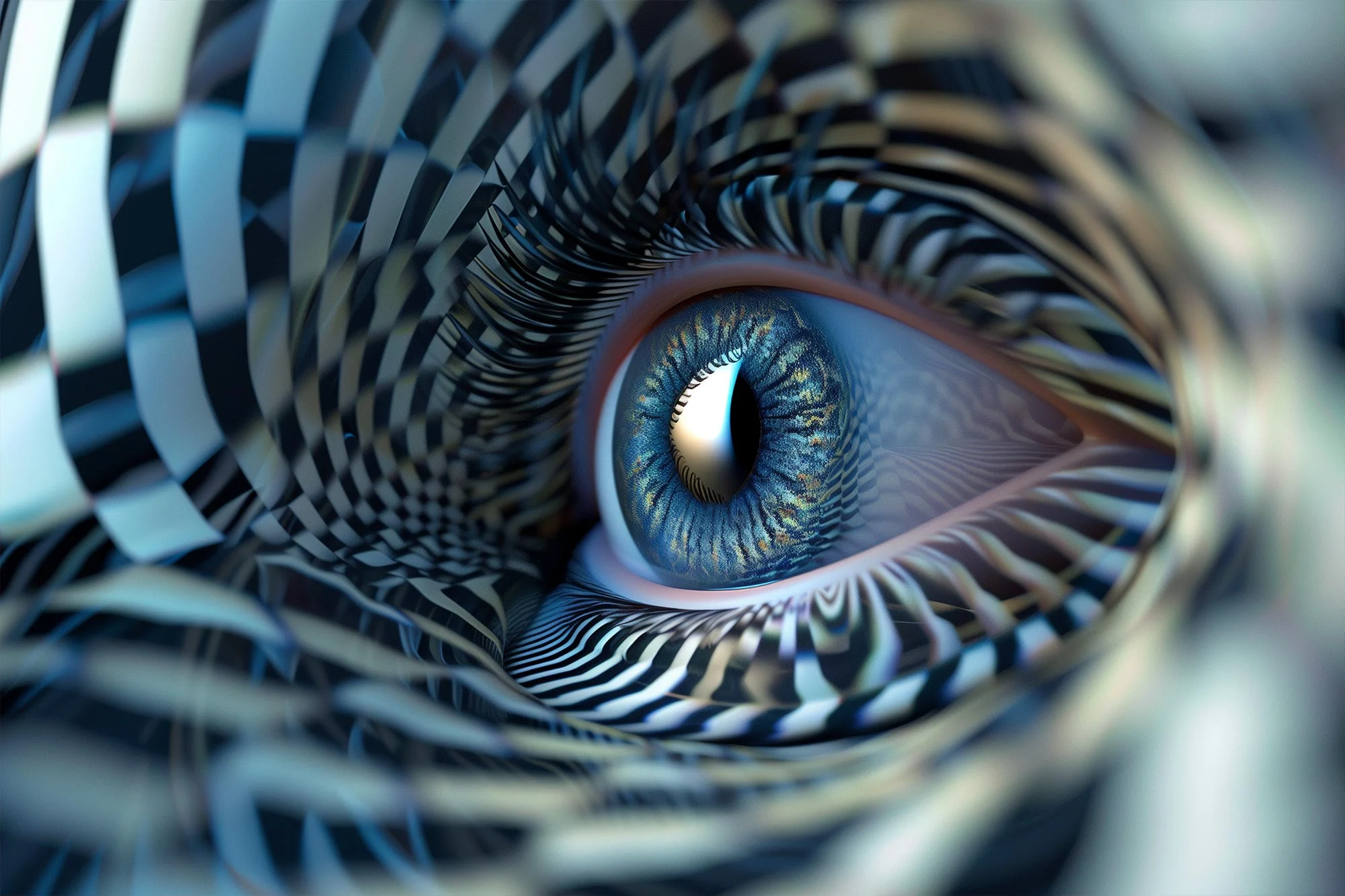A new study reveals that mice respond to a common optical illusion called neon color spreading. This research combines two techniques, electrophysiology and optogenetics to study how the brain perceives brightness. Optical illusions are tricks that make us see things differently.

For example, when you look at a screen, you might think it’s white but it’s actually made of red, green, and blue dots close together. Another example is when a spinning wheel seems to change direction.
Optical Illusions in Research
Associate Professor Masataka Watanabe from the University of Tokyo studies consciousness. He uses optical illusions to understand how the brain works. His latest research shows that mice react to the neon color spreading illusion just like humans.
Why It Matters
Understanding how mice respond to optical illusions helps scientists study the brain in ways they can’t with humans. Techniques like electrophysiology and optogenetics help them see which parts of the brain are active during these illusions.
The Brain’s Response
The brain has layers of neurons like V1 and V2 which process visual information. Watanabe’s experiment shows that neurons in V1 respond to both real and illusory patterns. Maybe only the illusory patterns activate neurons in V2 that proving their role in brightness perception.
The Significance of Mice Models
Using mice in neuroscience research is valuable. Watanabe’s study demonstrates how mice can help scientists understand the brain’s response to visual illusions.
Future Research Goals
Watanabe hopes to continue using mice in his research to unravel the mysteries of consciousness and brain function.



